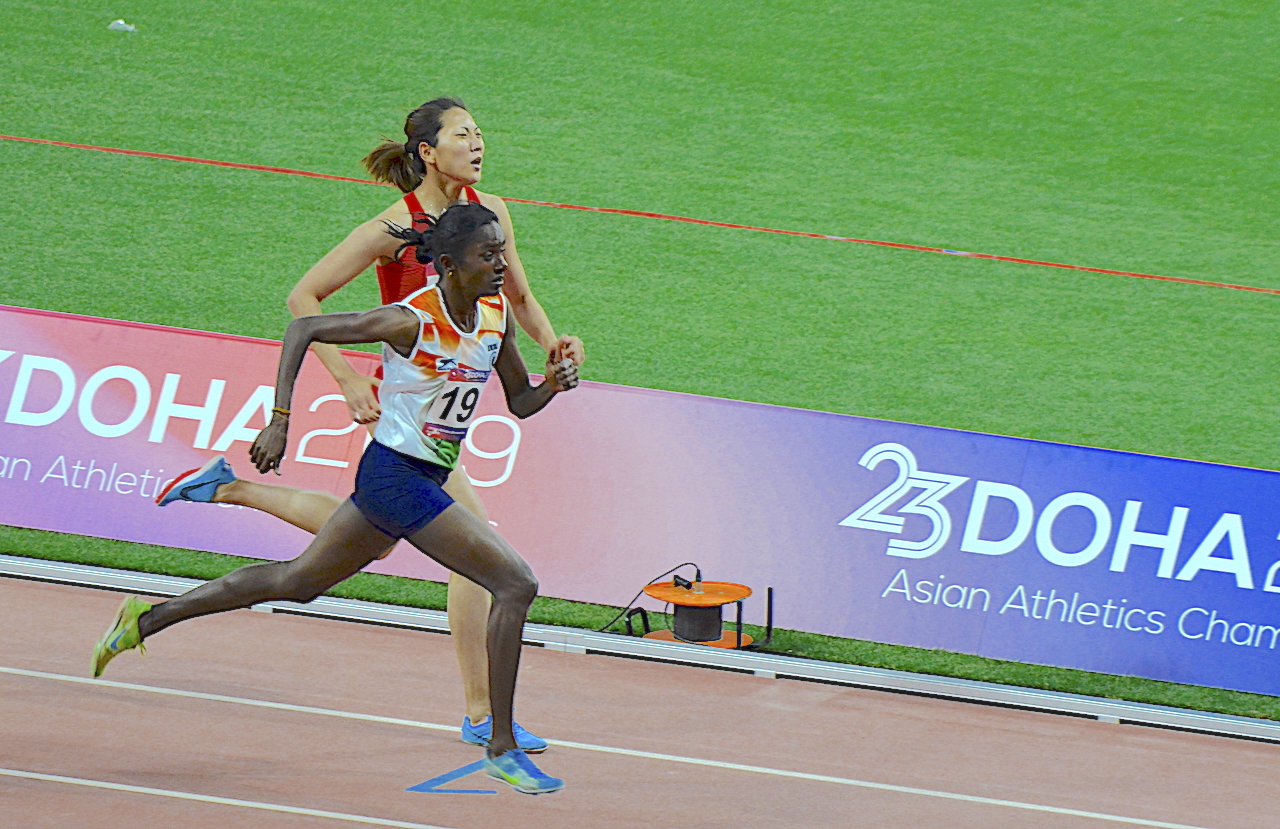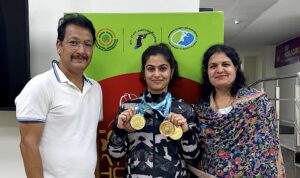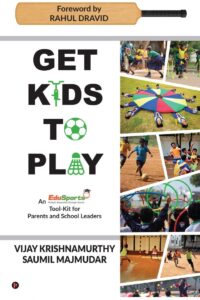
M Gomathi surges ahead to finish first in the women's 800m final in the Asian Athletics Championships in Doha
The National Dope Control Laboratory (NDTL) has not come out smelling of roses, being slack in reporting results of testing on urine samples of Indian athletes heading to compete in international events. At least, that is the scenario that is emerging in the case of 800m runner M Gomathi, who finished first in the Asian Athletics Championships in Doha last month.
National Anti-Doping Agency Director General Navin Agarwal has been quoted as saying that Gomathi was placed under suspension on May 14 as soon as NDTL sent it the report of her testing positive. The delay in completing the test of her sample collected in Patiala (either during the Federation Cup in March or in the Confirmatory Trials on April 13) let her compete in Doha.
The Athletics Integrity Unit (AIU), established by the International Association of Athletics Federations, announced on May 17 that she was placed under provisional suspension for testing positive for banned substance, 19-norandrosterone. There has been no such formal announcement by NADA yet.
NADA should really have impressed upon NDTL to prioritise the testing of all Doha-bound athletes. After all, one of the mandates of the Ministry of Youth Affairs and Sports is that no athlete should be sent for competition overseas without securing a clearance from NADA. It would be worth looking into if such mandatory clearances are often overlooked.
Meanwhile, it is interesting to see the range of reactions that the athlete and those around her. These have varied from denial to anger, from hurt to allegations of sabotage.
“Whoever did this to me, I will make sure they will regret it,” she has been quoted as saying. There was no indication who she was referring to. Gomathi will have to park any thoughts of revenge until after she appears before the hearing panel. She has the onerous task of first proving to the panel that it not her fault nor was she negligent that Nandrolone found its way into her body.
The 30-year-old stormed into the nation’s collective consciousness by finishing first in the women’s 800m in the Asian Athletics Championships in Doha last month. She had been in the sixth position at the halfway mark but gradually gained ground as the other runners tired faster than her and slowed down before she did.
“I have never taken steroids,” Gomathi has pleaded. Such a stern rebuttal must be backed by convincing arguments to show how Nandrolone got into her body in the first place. It really does not matter how many times an athlete has been tested before. My favourite counter to that is: Lance Armstrong never tested positive and yet confessed to having doped, did he not?
Just as the I-have-been-tested-so-many-times-and-never-tested-positive argument does not hold water, it would not matter that she had slipped from her personal best time of 2:04.89 in the 2015 Asian Championships in Wuhan, China to 2:17.37 as her best in 2017 and 2:08.58 in 2018. She then clocked her career best time of 2:02.70 in Doha.
Let us cast a glance on 19-Norandrosterone (a metabilote of Nandrolone). It may primarily be used to increase muscle mass and increase strength and aggression but it is also known to speed up recovery process between athletics performances. It is widely used and, with 205 cases reported (World Anti-Doping Agency’s testing figures for 2017) is second choice behind Stanozolol (284).
Reflecting that, Nandrolone (or 19-Norandrosterone) has been one of the most chosen steroids among Indian athletes. Since 2009, National Anti-Doping Disciplinary Panels have sanctioned 168 sportspersons, including 42 track and field athletes, after Nandrolone (or 19-Norandrosterone) was detected in their samples. That forms a fifth of the sanctions handed out by panels in India.
Surprisingly, Nandrolone does not challenge the laboratories, though they have to complete the investigations with GC/C/IRMS (Gas Chromatography/Combustion/Isotope Ratio Mass Spectrometry) tests to confirm that the steroid is of exogenous origin in case the quantity detected in the urine sample is in the 2.5ng/ml to 15ng/ml range.
And yes, anti-doping charges against athletes stir up a lot of emotions, if not a whole industry of advocates accusing National Sports Federations of being biased against athletes for one reason or the other. The latest is a lawyer who has charged the AFI of being biased against the Tamil athlete, completely overlooking the fact that Gomathi was tested by the Athletics Integrity Unit in Doha.
Some of her kin has been quoted as saying that there could be a chance of sabotage in Bengaluru where Gomathi trains. These allegations are best held back until there is concrete evidence to support them. Everyone around her needs to understand that nobody, but the concerned hearing panel will sit in judgement now.








1 thought on “NDTL does not come out smelling of roses: Gomathi case”